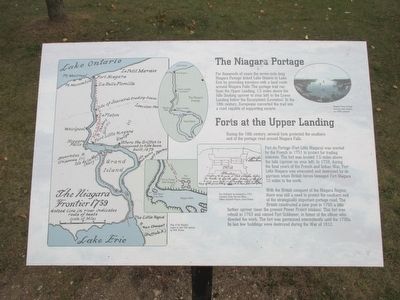Welcome, dear listener, to an exploration of Istana’s Rich Heritage. The Istana, which means ‘palace’ in Malay, stands as a symbol of Singapore’s storied past and its journey to modernity. Situated in the heart of the city, this grand residence has been a silent witness to the island nation’s transformative years.
Let’s journey back to the mid-19th century, when Singapore was a burgeoning trading post under British colonial rule. In 1867, the decision was made to construct a residence for the Governor of the Straits Settlements. Designed by John Frederick Adolphus McNair, the Istana was completed in 1869, built in a neoclassical style with influences from the British Empire’s architecture of the period. This decision to house the colonial governor here marked the Istana as a pivotal location in the administration of the colony.
Fast forward to the tumultuous years of World War II, the Istana found itself at the heart of a nation under siege. During the Japanese Occupation from 1942 to 1945, the building served as the headquarters for the Japanese military. This was a dark chapter in Singapore’s history, and the Istana’s halls were witness to the strategies that shaped the region’s fate during the war.
After the war, the Istana resumed its role as the official residence of the British governors until Singapore achieved self-governance in 1959. This year marked a turning point as Singapore took its first steps toward independence, with the Istana at the center of political change. It became the official residence of the President of Singapore, a role it continues to serve today.
Several notable figures have graced the Istana with their presence. Queen Elizabeth II visited in 1972, a visit that underscored Singapore’s ties with the Commonwealth. More recently, President Barack Obama visited in 2009, highlighting the global diplomatic significance of the Istana.
The Istana has not only been a political and administrative hub but also a cultural landmark. Its lush grounds, open to the public on select days, offer a glimpse into the natural beauty that complements its historical significance. The splendid gardens, with their swans and sculptures, provide a serene contrast to the bustling city outside its gates.
Today, the Istana stands as a testament to Singapore’s resilience and progress. It is a symbol of the country’s journey from a colonial outpost to a thriving metropolis. As you ponder the layers of history embedded in its walls, think of the stories of governance, war, and peace that have unfolded here.
So, whether you’re walking through its gardens or simply passing by, remember that the Istana is more than just a building. It’s a living testament to Singapore’s rich heritage and its enduring spirit.


